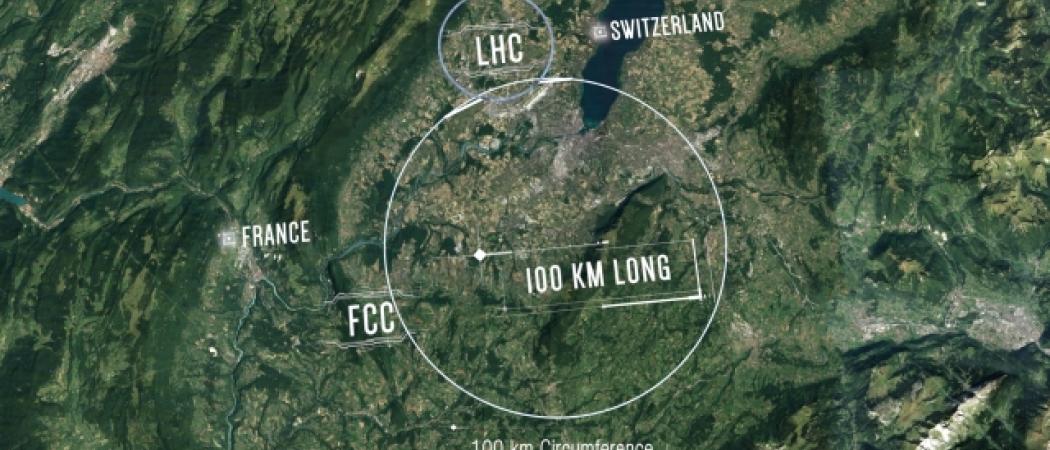

“We aim to be delivering 1.6 billion proton-proton collisions per second” for the ATLAS and CMS experiments, CERN’s head of accelerators and technology Mike Lamont said, according to an AFP report. An electron volt is the energy given to an electron by accelerating it through 1 volt of electric potential difference.) (A TeV is 100 billion, or 10-to-the-power-of-12, electon volts. This is the LHC’s third run, and from Tuesday, it will operate round-the-clock for four years at unprecedented energy levels of 13 tera electron volts. Three years after it shut down for maintenance and upgrades, the collider was switched back on this April. Here’s a quick breakdown of what we’re now dealing with now that CERN is up and running again. Weakly interacting massive particles (WIMPs) are still the most plausible dark matter candidates." The SppC, the researchers say, could be used to "substantially extend" the search for WIMPs, potentially providing answers to one of the biggest mysteries in the universe.If you’re wondering what in the world I am talking about, trust me I am too. "Dark matter remains one of the most puzzling issues in particle physics and cosmology.

"As an energy frontier machine, the SPPC could discover an entirely new set of particles," the new report says. Should the CEPC prove successful, scientists are hoping the SppC supercollider could be operational at some point in the 2030s. Construction of the CEPC is expected to begin in 2022 and it will be completed in 2030. The infrastructure for the collider will also be built. Over the next five years, scientists will carry out extensive research, building prototypes of key technical components for the CEPC. I have no doubt the international community looks forward to partnering in the development and operation of the CEPC and in the quest to better understand the basic constituents of matter." Geoffrey Taylor of the University of Melbourne, chairman of the International Committee for Future Accelerators (ICFA) and the Asian Committee for Future Accelerators (ACFA), said: "This is a significant milestone along the road to such an important facility for fundamental physics. The design report was announced at a ceremony held by the Institute of High Energy Physics (IHEP) in Beijing. "Our next step will focus on the research and development of key technologies and prototypes for the CEPC." "The Conceptual Design Report signifies that we have completed the basic design of the accelerator, detector and civil engineering for the whole project," Professor Gao Yuanning, chair of the CEPC Institutional Board, said in a statement. This 'supercollider' would reach energies far beyond the LHC-the LHC was designed to have a maximum collision energy of 14 TeV, while the SppC would operate with an energy of 70 TeV. The tunnel it sits in could also be used to host a Super proton proton Collider (SppC)-a proposal for which is currently under consideration. It will be a double ring collider, with electron and positron beams circulating in opposite directions in seperate pipes. It will be located in an underground tunnel and consists of a linear accelerator, a damping ring, a booster, transport lines and a collider. Like the LHC, the CEPC is circular in shape. Artist impression of what China's collider will look like.


 0 kommentar(er)
0 kommentar(er)
